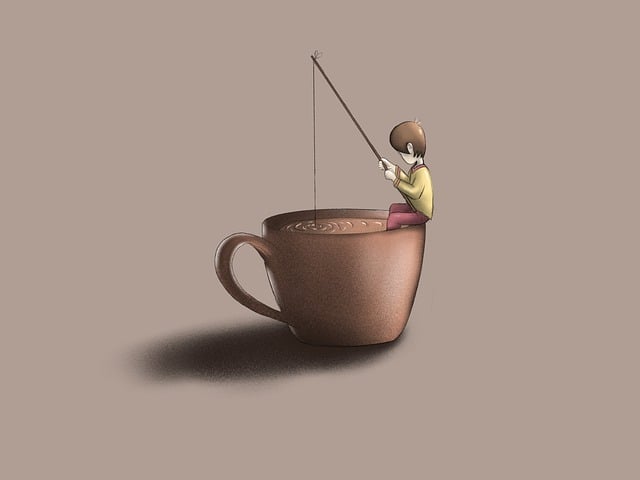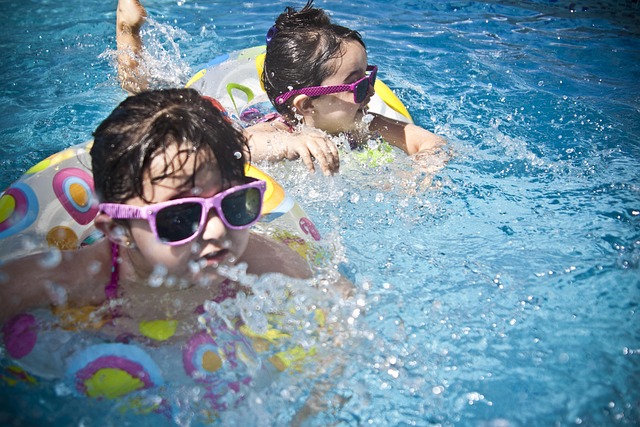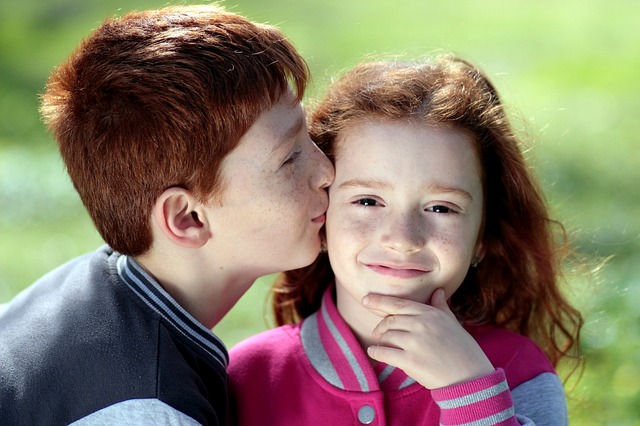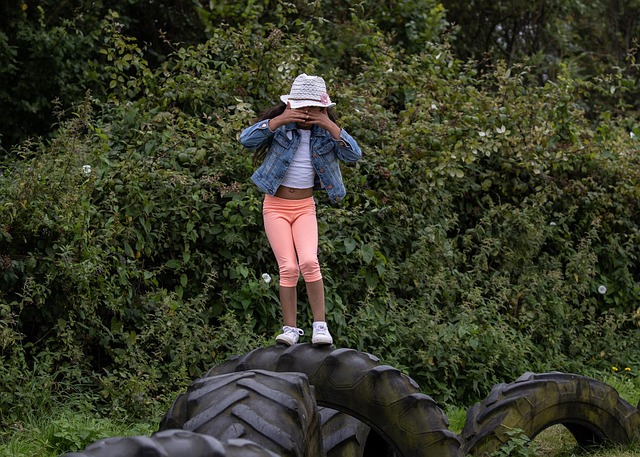Music and movement classes are a key component of educational family programs, offering interactive activities that enhance children's coordination, rhythm, self-expression, and confidence. These sessions provide a fun environment for parents to bond with their kids, exposing them to diverse cultures and promoting cognitive development and physical health. Early musical education improves language and communication skills, concentration, memory retention, and problem-solving abilities, contributing to better academic performance. Family-friendly music and dance classes foster social interaction, emotional intelligence, teamwork, and cooperation, creating a supportive environment for creative expression and building strong family bonds.
Family-friendly music and dance classes are more than just fun—they’re powerful tools for engaging young minds and fostering holistic development. These educational family programs not only nurture creativity and physical coordination but also enhance cognitive skills, setting a strong foundation for academic success. In this article, we explore strategies to make these classes inclusive, discuss the integration of cultural diversity, and highlight how music and dance can complement classroom learning, creating a vibrant tapestry of engagement for families.
- Engaging Young Minds Through Music and Movement
- – Discuss the benefits of early musical education for children's cognitive development.
- – Highlight how dance complements music in fostering creativity and physical coordination.
Engaging Young Minds Through Music and Movement

Music and movement are powerful tools for engaging young minds, making them an integral part of educational family programs. Through interactive classes, children develop essential skills like coordination, rhythm, and self-expression while fostering a love for learning. The sense of accomplishment they derive from mastering a new dance or song can boost their confidence and create lasting memories with family.
These classes offer a unique blend of fun and education, allowing parents to bond with their kids in a lively environment. By combining music and movement, families can explore diverse cultural rhythms, enhance cognitive abilities, and promote physical well-being—all while enjoying quality time together.
– Discuss the benefits of early musical education for children's cognitive development.

Early musical education plays a pivotal role in a child’s cognitive development, offering numerous benefits that extend far beyond mere musical skills. Studies have shown that children exposed to music at a young age exhibit enhanced language and communication abilities, as music engages multiple areas of the brain associated with speech and comprehension. This stimulation can also contribute to better academic performance, as musical training improves concentration, memory retention, and problem-solving skills.
Additionally, family-friendly music and dance classes serve as excellent educational programs that foster social interaction and emotional intelligence in children. By participating together, families strengthen their bonds while encouraging teamwork and cooperation. These activities create a supportive environment where kids can express themselves creatively, build confidence, and learn valuable lessons about rhythm, coordination, and discipline—all while having fun.
– Highlight how dance complements music in fostering creativity and physical coordination.

Dance and music go hand in hand, offering a dynamic duo for fostering creativity and physical coordination in children. Through movement to rhythm, kids learn to express themselves physically while developing an ear for beats and melodies. Educational family programs that incorporate dance along with musical instruction provide a holistic learning experience.
These classes encourage interaction and collaboration among family members, strengthening bonds while nurturing individual skills. The combination of music and dance stimulates both the body and mind, enhancing cognitive abilities and sensory development. This integrated approach makes learning fun and engaging for all ages, creating lasting memories within families as they explore their artistic sides together.






